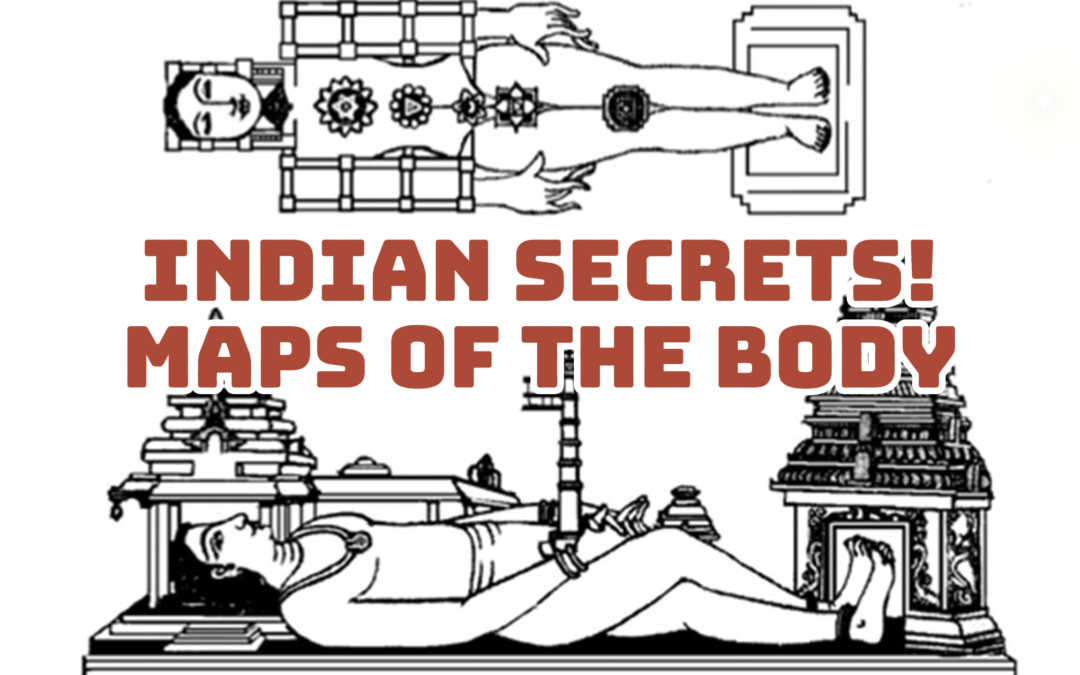Indian philosophy produced several models to describe what happen withhin body. Alas, this is already an oversimplification. There are several distinct schools of Indian philosophy and, as you know, they are not always in accord with each other. Just look at the chakra systems (discussed in full later on). Early proponents of the chakra theory agreed more or less that there are foci of energy and sentience along the subtle equivalent of the spine, but they could not agree on the actual amount of chakras, let alone on their appearance, function, and characteristics. This may be confusing from the scholarly point of view. For practical minded people it constitutes a blessing. Where so many models contradict each other anything is possible. Welcome to individual subjectivity. Take the model of the five kosa (sheaths). The human body, so several philosophies propose, appears on several planes of being.
The form is the annamaya kosa, the ‘sheath of food’ which might be called the material human being. Food, in this context, is thought to be the essence out of which the material body takes its existence. This is the body of differentiation. It has age, form, gender, and a lot of genetic characteristics. It is similar to other human bodies but is not the same as any of them. Some parts, such as bone, muscles and marrow are thought to come from the father, while hair, blood, and flesh were thought to come from the mother. Here you can find the organs of sense and the organs of action (mouth, arms, legs, anus, genitals).
In an attempt to unite this model with the chakra models it was proposed that the physical body connects with the three lower chakras. The next kosa is the pränamaya kosa, the sheath of vitality, breath, and life-energy, This sheath consists of the ‘winds’ that move within body. Breathing is one function of these winds, another is the metabolism. It is the energy body that feels hunger and thirst, that feeds, digests, excretes, wakes, and sleeps, is powerful or feels exhausted. Your energy body is the mediator between spirit and matter, More refined is the manomaya kosa, the sheath of thought. This sheath has four aspects (in some systems). namely: doubt or certainty, determination, I-sense (ego, identity), and evaluation of sense impressions. Without the sheath of thought, the sense organs may do their job but there is nobody there to be aware of it. The thought sheath is something you develop while you grow up. How healthy this body is depends on your use or abuse of the sense organs, the importance you attach to your ego, or the way you decide what to believe and what to doubt. The thought sheath is also the origin of desire, which in turn influences the sense organs. The Vijnänamaya kosa is a lot more subtle.
Here you can find the faculties of understanding, contemplation, and the ability to imagine and to create- The sheath of understanding is usually associated with the higher chakras in the mouth or third eye region, meaning that when your attention dwells up there, you are literally thinking with your body of understanding. I shan’t bother to comment on this refined body, mainly as I mistrust models that define very subtle processes in a flood of vague nominalizations. For a thorough, but somewhat confusing, treatment of these issues look into the introductions of the Mahänirväna Tantra and into The Serpent Power by Sir John Woodroffe, which can at times be even more perplexing. Last we have the änandamaya kosa, which is the sheath or body of bliss. This may be alluded to as the immortal self, the seat of the divine intelligence. This body is so subtle drat it does not die. It experiences reincarnation time and time again until it finally cuts all bonds of attachment and finds liberation in dissolution. In the chakra system it is usually localised above the brow, sometimes above the head. In this model each body is more subtle than the former. The degree of subtlety connects with the chakras, hence when your awareness rises from chakra to chakra, you are also moving from kosa to kosa. This idea is vital for your understanding of such rites as raising Kundalini or the purification of the elements (bhütaguddhi). Whether such models are relevant for your actual practice is another matter. In general, I find it more useful to experience and observe what happens than to force experience into a model from the start.


I’m extremely inspired with your writing abilities and also with the format
iin your weblog. Is that this a paid subject or did you customize it yourself?
Eithewr way keep up the excellent quality writing, it is uncommon to see a nice blog like
this one thuese days.. https://Www.Waste-NDC.Pro/community/profile/tressa79906983/